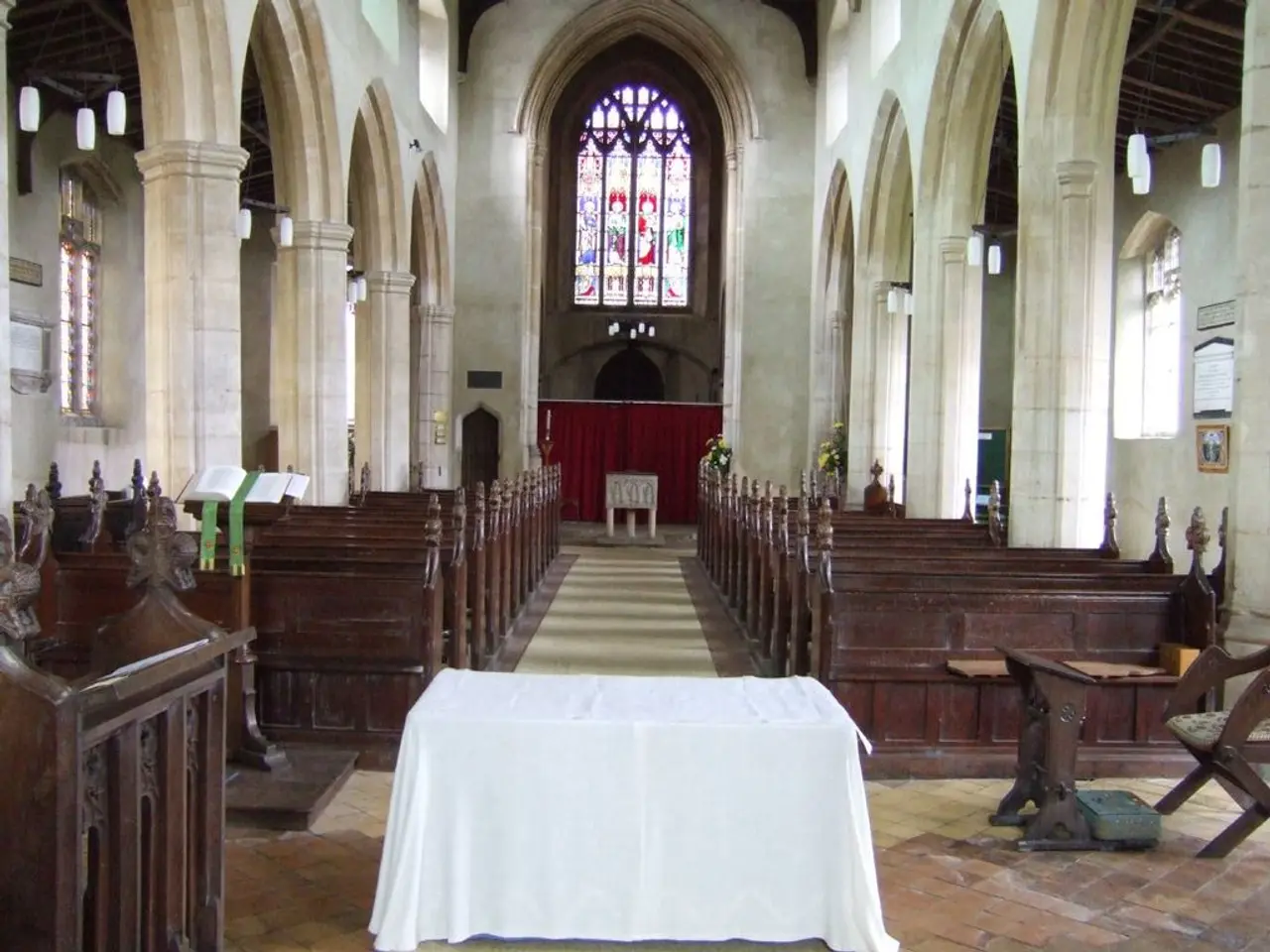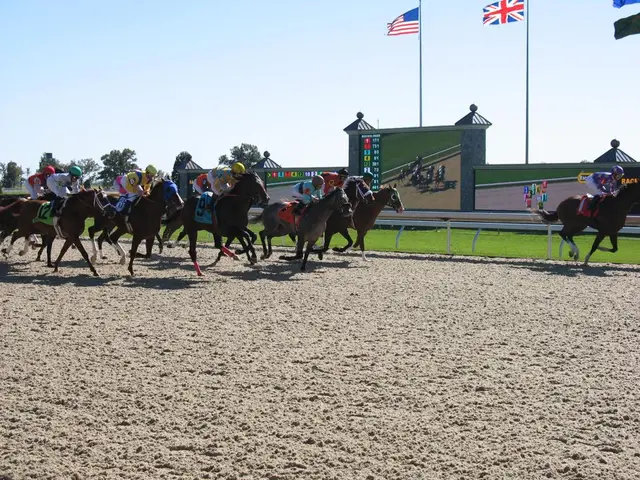Union Leadership Figure
In the heart of India's democratic system, the Union Executive plays a pivotal role in governing the nation. Comprising the President, the Vice President, the Prime Minister, the Council of Ministers, and the Attorney General of India, this branch of government is outlined in Articles 52-78 (Part V) of the Indian Constitution.
As the formal executive head, the President holds significant powers and roles, primarily outlined in the aforementioned articles. These powers are mostly formal and exercised on the aid and advice of the Council of Ministers, led by the Prime Minister, making the President the constitutional head of the executive.
One of the key executive powers of the President is the ability to take all executive actions of the Union Government in their name (Article 53). This means that administration, orders, and appointments are formally carried out through the President.
The President also wields appointment powers, as outlined in Article 75. They appoint the Prime Minister and, on their advice, the other ministers. Apart from this, the President appoints key officials such as the Governors of States, the Attorney General, the Comptroller and Auditor General, members of the Election Commission, UPSC Chairpersons, and Finance Commission members.
The President is also responsible for making rules for authenticating official documents and for the efficient transaction of government business, including task allocation among ministers (Article 77).
In terms of information and oversight, the President can request information regarding the administration and legislative proposals from the Prime Minister and ministers. The President may also require the Prime Minister to bring before the Council of Ministers any matter taken by a minister without prior consideration of the Council (Article 78).
The President also has administrative powers over Union Territories, appointing administrators to directly govern these areas (Article 239). Moreover, the President can declare areas as Scheduled or Tribal Areas and exercise certain administrative powers over them (Article 244).
Though not explicitly mentioned in Articles 52-78, the President holds additional duties such as safeguarding the Constitution, appointing the Chief Justice, summoning and proroguing Parliament, and granting pardons, reprieves, or commute sentences (Articles 72, 85, etc., connected to executive functions).
In summary, under Articles 52-78, the President functions as the formal executive head who appoints key constitutional officers and ministers, authenticates government actions, governs Union Territories, and oversees administration in Scheduled areas. However, the exercise of these powers is fundamentally done on the advice and aid of the Council of Ministers led by the Prime Minister. The President’s role is therefore largely constitutional and ceremonial, but constitutionally critical as the supreme formal authority of the Union Executive.
The Union Executive, with the President at its helm, is responsible for the governance of the country and is one of the three branches of the Indian government. The Vice President, Prime Minister, Council of Ministers, and Attorney General of India are integral parts of this essential branch of government.
- The President's role in policy-and-legislation is evident as they can request information about administration and legislative proposals from the Prime Minister and ministers, as outlined in Article 78.
- Amid general-news discussions about the Indian government, it is important to note that the President plays an instrumental role in the appointment of key officials such as the Prime Minister, Governors of States, the Attorney General, the Comptroller and Auditor General, members of the Election Commission, UPSC Chairpersons, and Finance Commission members.






